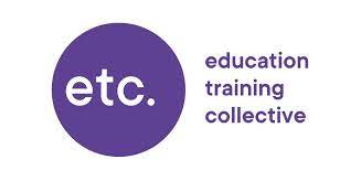I wasn’t fully aware what the Access to HE qualification was when I joined an access validating agency seven years ago to develop and approve Access to HE courses.
My ignorance still niggles me today, because I know now it’s a qualification that truly changes lives.
The qualification began in the 1970s, when coal mines and steel works were closing and people needed a new start.
The government introduced Access to HE to encourage individuals from diverse backgrounds to enter teacher training.
It was created for those who had missed out on the traditional route to university – maybe due to family challenges, health issues, or life throwing a curveball.
It’s often described as the best-kept secret in the sector, a hidden gem – I really wish it wasn’t so hidden. But I think providers could change that.
So I’m asking the sector to look again at Access to HE, how we support learners, how it can be delivered to more learners, and how we explain its amazing value.
These learners aren’t your typical students. They’re a diverse group, often facing family challenges, health-related issues, or sometimes unimaginable experiences like fleeing their home country due to religious persecution.
I appreciate that retention rates can be a worry. A third of Access to HE students are still withdrawing before day 42 of their course, usually due to life challenges and not knowing what support is out there.
Learners need to know that support is available, and how the flexibility of Access to HE programmes allows them to catch up, rather than withdraw.
Promoting this effectively and reminding learners of it consistently can encourage more learners to stay the course.
Another challenge is explaining the loan offer which is actually really good.
Too many learners hear the word ‘loan’ and see it as a barrier. I know the mere mention of a loan puts many people off. With living costs rising they worry about taking debt on. But it’s important they understand that it’s fully written off if they complete a degree. And if they don’t, they don’t pay a penny back until they’re earning over £27,295 a year.
The way Access to HE is delivered is an important consideration – a blended approach is the best option in my view.
In our modern online world, e-learning is useful – it fits busy lives, and during Covid numbers spiked as more people studied at home. But in my experience, Access to HE learners flourish from the peer support they get from other Access to HE students, and the time and connections they have with their tutors.
So why does all this matter? Access to HE is truly life-changing – I have seen so many examples of lives being changed for the better. And the stats evidence that these learners stay in higher education and do better than those from other Level 3 routes.
Another impressive statistic is that 90 per cent of graduates with an Access to HE diploma are in work or further study within six months of graduation.
Access to HE offers people an opportunity to get higher-paid work or enter exciting careers and all of the knock-on benefits that brings for their families.
But if the sector doesn’t do more to raise its profile, I fear that Access to HE participation will decline.
I still don’t know why it’s not talked about as much as other options out there in the market, such as A-levels and apprenticeships. But I’m asking providers to look at raising Access to HE’s profile so more people know what it can achieve.
If we can help give more learners opportunities they thought were out of reach, then it’s worth real effort.















Your thoughts